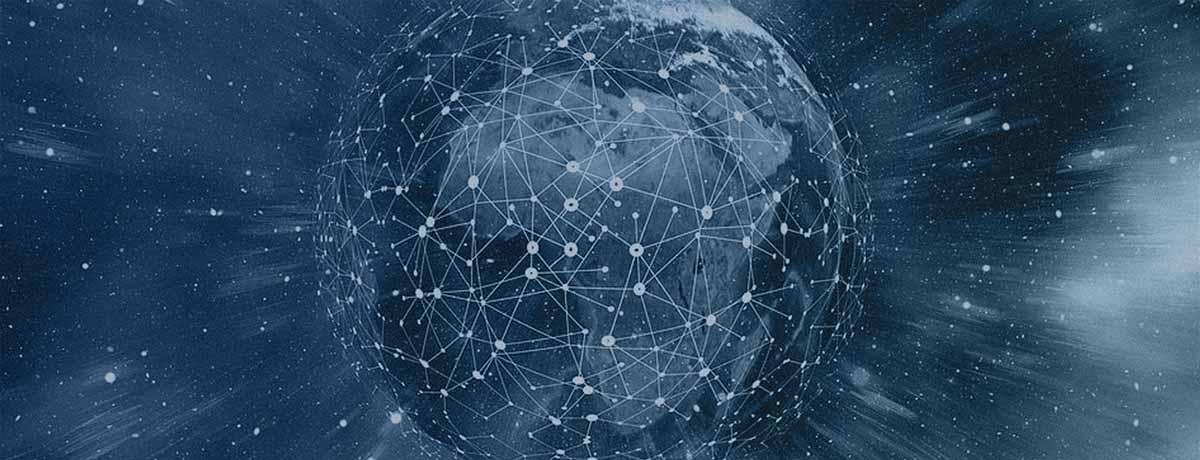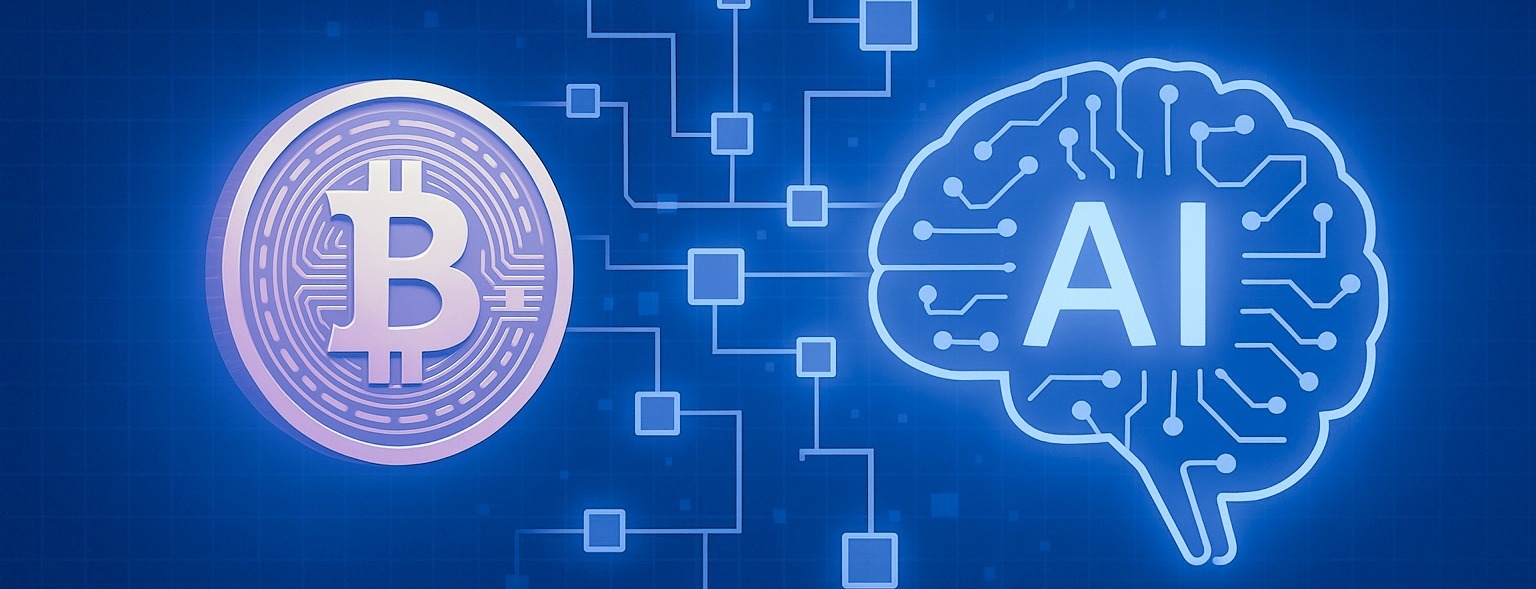
Web3 is a term that has also often been referred to as the future of the internet. What is Web3, and how does it relate to cryptocurrencies? This text introduces the development of the internet from its early days to the present day and explains why cryptocurrencies and Web3 will revolutionize the fundamental nature of the internet.
Web1 -The beginnings of the internet
Understanding the concept of Web3 initially requires a little familiarity with the history of the internet. Roughly, the development of the internet can be divided into three different eras, which are Web1, Web2, and Web3. The term Web1 refers to the early days of the internet, which took place between 1996 and 2004. Web1 was a period when people mostly read news on the internet and sent each other emails. The first payments were also made in the online bank, but online shopping wasn´t done on nearly the same scale as today.
Web1 was an era most characterized by one-way, read-only sites. The sites also did not enable people to have the same interaction and content production that we are used to today. People could practically be seen as passive consumers of the content.
Web2 - Second-generation internet
Web2 brought with it a huge change in the way people use the internet. In terms of time, the era of Web2 can be considered to have started around 2004. At that time, static websites began to become history and human interaction began to increase. The Internet, which the majority of people still use daily, follows exactly the most important cornerstones of Web2, which will be explained in more detail below.
The main thing for Web2 is the interaction between people, as well as the possibility to create your content with a low threshold. Services such as Facebook, Instagram, TikTok, Twitter, and YouTube are centralized platforms for interaction between people and the creation of new content. Internet users play a central role in creating new content in the Web2 era.
However, all this has come at a price. With Web2, many of Web2's most popular companies have grown into true giants, the world's largest and most influential companies. Web2 and its largest platforms require their users to hand over their personal information to companies that use it as they wish.
Using popular platforms for content creation and review usually requires the creation of a user account. However, as centralized service providers, companies have all the power to decide who they qualify as users. In recent years, several popular accounts on, for example, Twitter and TikTok are closed by the service provider.
With the platforms dominating the internet, ordinary people have become a product that the big companies running the more popular platforms can use to make money. Even though the most popular platforms are free to use, people often don't realize what the actual cost of using these platforms is for them.
What is Web3?
Web3 is the internet of the future created and managed by its users, which removes the problems that emerged with Web2, and brings ownership from big companies back to ordinary people. Openness is one of Web3's most central principles. Web3's applications are built on open, public-source blockchain that eliminates the need for third parties.
In summary, it can be said that Web1 offered people the opportunity to get to know written information, Web2 brought people the means to produce their content, and Web3 enables people to own digital content. With Web3, the content produced by people no longer primarily benefits centralized service providers, but people themselves.
Where the platform economy according to Web2 is centered around the individual, large and centralized platforms, Web3 consists of numerous decentralized networks. Web3 allows data to be stored in open blockchains instead of traditional centralized databases. At the center of Web3 are familiar concepts from the cryptocurrency world, such as DeFi, DAO, Metaverse, smart contracts, and NFTs. You can learn more about these terms in our previous blog posts.
Web3 is currently developing rapidly and has attracted a large amount of capital and expertise worldwide. Web3 has all the potential to solve the future challenges in data management and power concentration that appeared in Web2. Currently, Web3's biggest challenge is providing the easiest possible user experience. Companies like Northcrypto play a significant role in bringing the possibilities offered by Web3 to basic users. The ease of use of Web3 services and the knowledge gained from new technology are key to whether people know how to take advantage of the opportunities offered by Web3 now and in the future.
Web3 and cryptocurrencies
Introduced in 2008, Bitcoin was the first application that utilized blockchain technology. For the first time, a truly fully decentralized digital currency was within people's reach. For the first time, anyone could store and send wealth to another without third parties. It can be said that when Bitcoin's blockchain started operating in January 2009, the first steps towards the development of Web3 were taken at the same time.
Decentralized blockchains are at the core of Web3. When talking about decentralized blockchains, the world's most popular decentralized blockchain, Ethereum, inevitably comes to mind. Ethereum serves as a platform for thousands of decentralized applications that, through their operations, aim to remove the need for a third party and bring ownership back to ordinary people. The events that take place in the Ethereum blockchain are freely visible to everyone, and anyone can also become an administrator of the Ethereum network if they wish.
One of the most important features of Web3 is that people can create a Web3 account for themselves without asking permission from any third party. This account is practically a cryptocurrency wallet and the private keys that entitle it to management are under the control of the user himself. In this case, no party can arbitrarily block the user's access to the service, or take over the user's ownership.
Cryptocurrencies and their underlying blockchain technology are the foundation of Web3. Unlike Web2, which relies on traditional economic operators, Web3 operates based on cryptocurrencies and decentralized operators. This allows people to manage their digital assets without third parties, send funds instantly anywhere in the world at any time, or take out loans and earn interest income without a bank account.
The possibilities of Web3 are currently limitless, and it is interesting to see what we can do in distributed networks in the future. What is certain, however, is that Web3 will change the world more than any other technological innovation since the invention of the Internet. And fortunately, at the moment, It seems that this change is happening in the right direction from the point of view of ordinary people.
Mikko Soon
Head of Private Banking
Last updated: 10.02.2023 08:50



